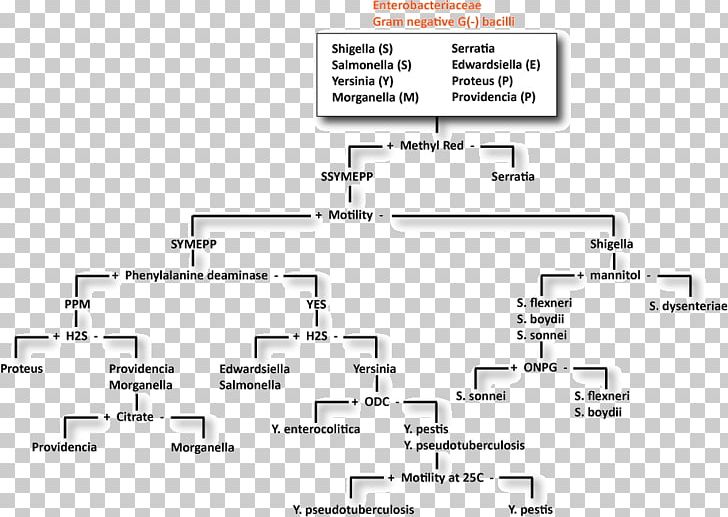

The objective of this study was to isolate and identify the major bacterial pathogens of symptomatic and asymptomatic UTIs among patients at Rubaga hospital. This study focused on the problem of antibiotic resistance to the first-line drugs that were used to treat patients presenting with urinary tract infections at Rubaga hospital in Kampala, Uganda. Resistant bacteria may be present from the commencement of the infection or may develop during treatment. Many urinary tract bacteria are capable of expressing drug resistance. Collin County Community College District.Urinary tract infections (UTIs) are among the most common human infections.Bacteriological Analytical Manual, 8th Edition, Revision A, 1998.Science Prof Online (SPO): MacConkey Agar.Thermo Fisher Scientific Inc., Dehydrated Culture Media: MacConkey Agar.ASM Microbe Library: MacConkey Agar Plates Protocols.Austin Community College, 5930 Middle Fiskville Rd., Austin, Texas.Some strains of Proteus may swarm on this medium.Incubation of MacConkey Agar plates under increased CO2 has been reported to reduce growth and recovery of a number of strains of Gram-negative bacilli.Some strains may be encountered that grow poorly or fail to grow on this medium.It is necessary to subculture and carry out confirmation tests for final identification. The colonial characteristics described give presumptive identification only of the isolated organisms.

Yersinia enterocolitica may appear as small, non-lactose fermenting colonies after incubation at room temperature. Lactose non-fermenting strains, such as Shigella and Salmonella are colorless and transparent and typically do not alter appearance of the medium. The red color is due to production of acid from lactose, absorption of neutral red and a subsequent color change of the dye when the pH of medium falls below 6.8. Lactose fermenting strains grow as red or pink and may be surrounded by a zone of acid precipitated bile.

Sterilize by autoclaving at 15 lbs pressure (121☌) for 15 minutes.Heat to boiling to dissolve the medium completely.Suspend 49.53 grams of dehydrated medium in 1000 ml purified/distilled water.It is used for the isolation of coliforms and intestinal pathogens in water, dairy products and biological specimens.It is used in the differentiation of lactose fermenting from lactose non-fermenting gram-negative bacteria.MacConkey agar is used for the isolation of gram-negative enteric bacteria.Neutral red is a pH indicator that turns red at a pH below 6.8 and is colorless at any pH greater than 6.8. Sodium chloride maintains the osmotic balance in the medium. The selective action of this medium is attributed to crystal violet and bile salts, which are inhibitory to most species of gram-positive bacteria. Lactose monohydrate is the fermentable source of carbohydrate. Pancreatic digest of gelatin and peptones (meat and casein) provide the essential nutrients, vitamins and nitrogenous factors required for growth of microorganisms. MacConkey agar is used for the isolation of gram-negative enteric bacteria and the differentiation of lactose fermenting from lactose non-fermenting gram-negative bacteria. Composition of MacConkey Agar Ingredientsįinal pH 7.1 +/- 0.2 at 25 degrees C. MacConkey agar is a selective and differential media used for the isolation and differentiation of non-fastidious gram-negative rods, particularly members of the family Enterobacteriaceae and the genus Pseudomonas. MacConkey agar (MAC) was the first solid differential media to be formulated which was developed at 20th century by Alfred Theodore MacConkey.


 0 kommentar(er)
0 kommentar(er)
